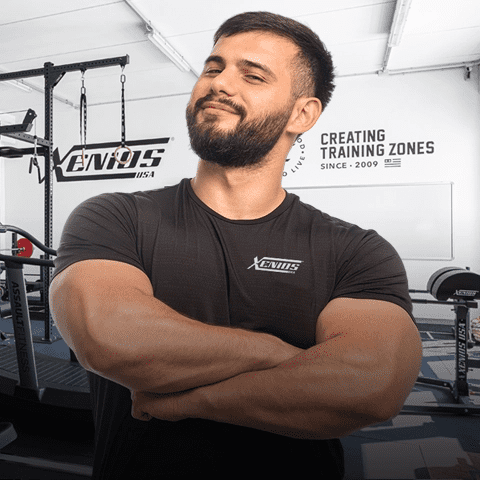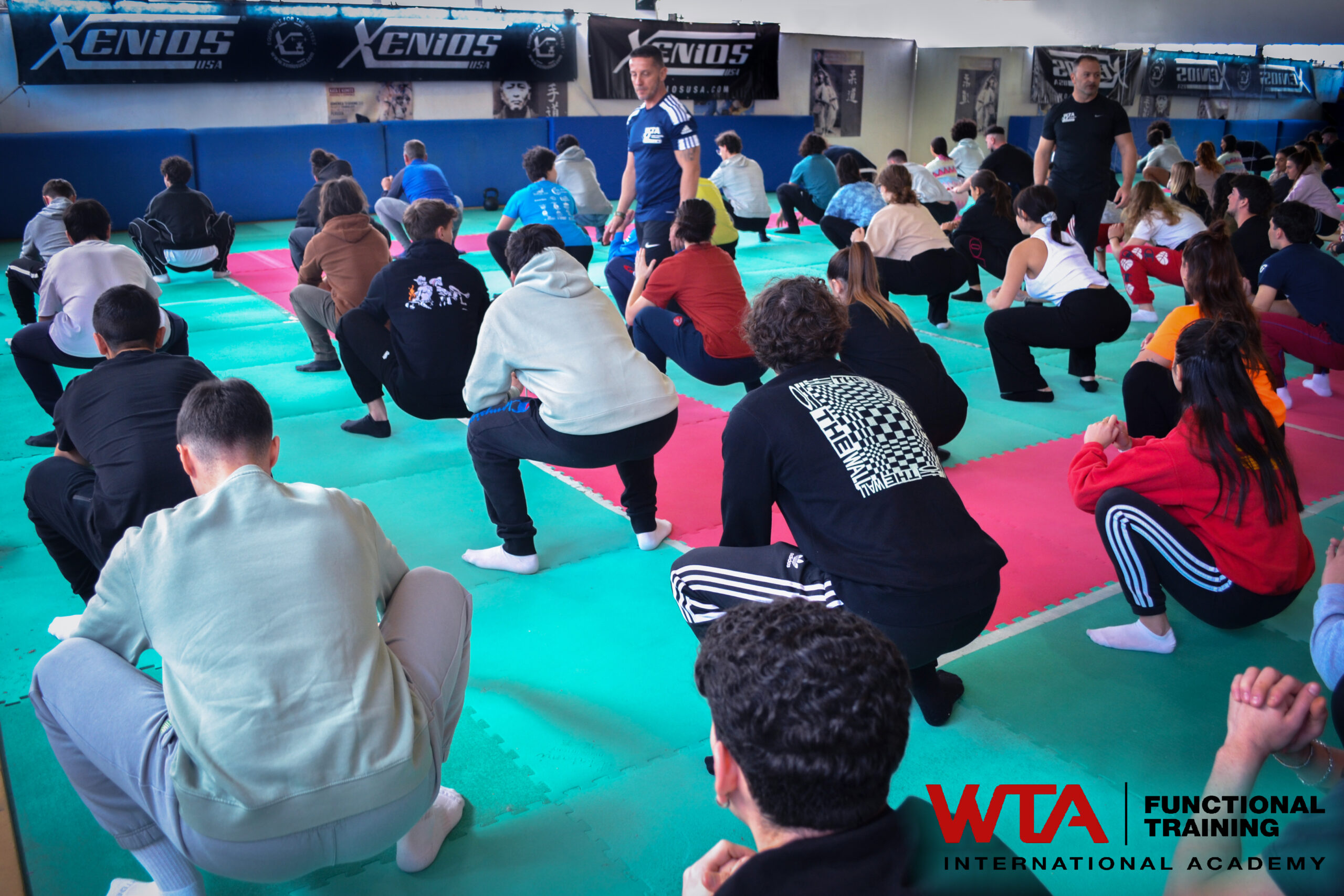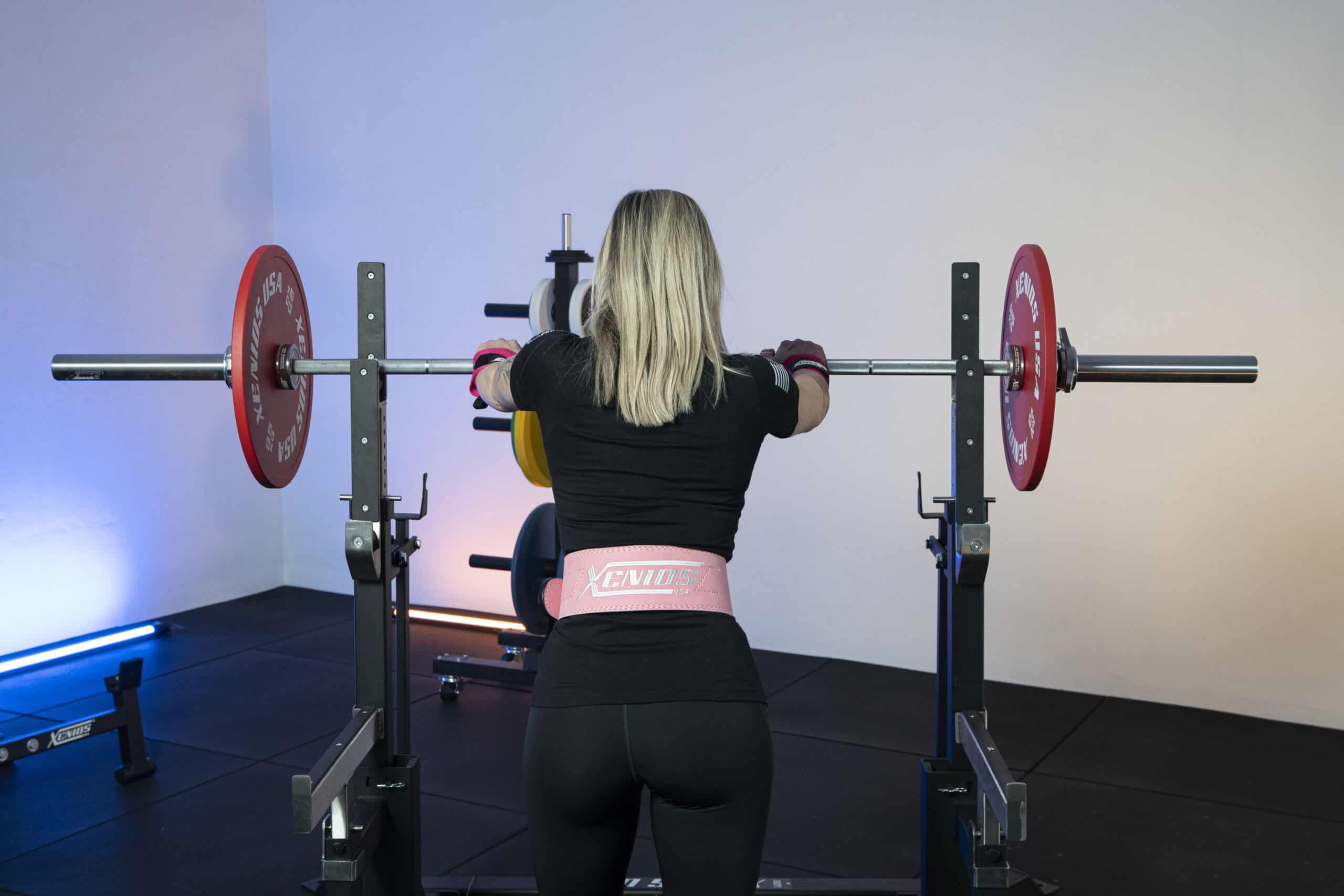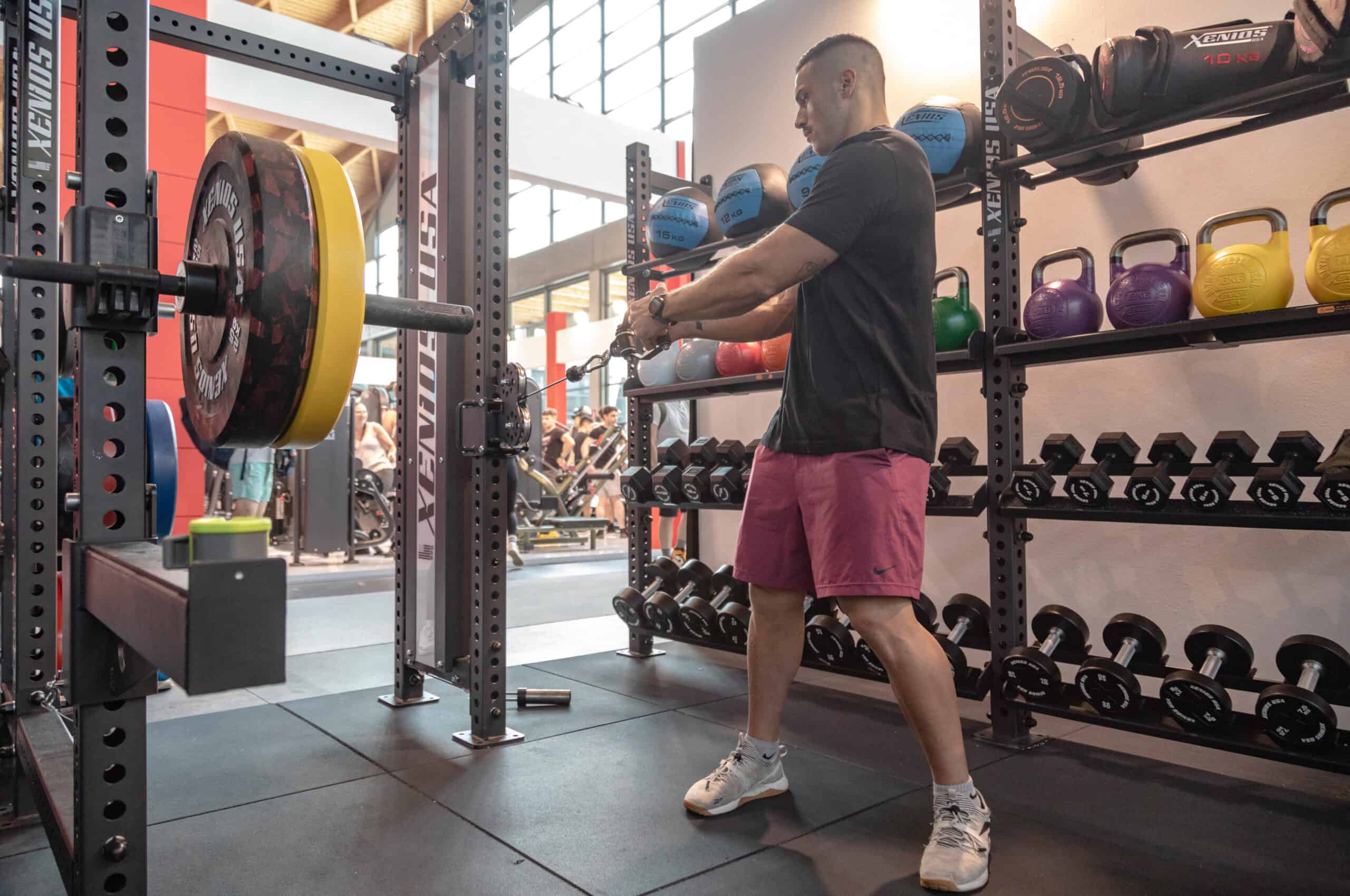The world of training, fitness, and the gym is truly wide. There are many different facets that vary by the type of training, the goals to achieve, and the equipment involved. One of the most well-known realms is that of weightlifting, where we can find Powerlifting as the emblematic discipline of this art.
This name refers to the type of training where the athlete is focused on lifting the maximum weight possible. This sport discipline emerged around the 1970s, the first competitions took place in the United States and were inspired by Olympic weightlifting competitions.
This sport focuses on the expression of maximum strength; similarly in powerlifting there is a somewhat faithful adherence to the logical and methodological principles of Olympic weightlifting.
Characteristics of powerlifting
This discipline involves the individual athlete in a physical effort that can be performed in three different versions: squat, bench press, and deadlift. These are also the three fundamental types of exercises that are performed during powerlifting activities, making each training session a simulation of actual competitions.
Indeed, in competition, each of the three movements can be performed in three attempts, usually incremental, and the goal is to reach and exceed one’s limit by lifting as much weight as possible. A characteristic of this sport is certainly the development of an excellent technique, along with a particular focus on pure strength and endurance under effort.

This sport was only recently separated from weightlifting: in weightlifting, the discipline involves lifting the barbell from the ground all the way above the athlete’s head, while in powerlifting the movements are shorter, resulting in higher loads to lift.
Powerlifting workout: what does this training consist of?
This discipline is characterized by the pursuit and training of pure strength, what allows the athlete to lift the maximum weight possible in a single lift, which is a one-repetition maximum.
So, the exercises that the athlete will perform are focused on learning and refining specific movements that must be optimized. These movements need to be carefully addressed in terms of motor patterns and technique; increasing the strength of all muscles involved, whether they are primary, secondary, or stabilizing muscles; you are going to work on joint mobility, stability, and muscle flexibility.

It’s important to know that there are two types of training, known as equipped and unequipped; this differentiation and the type of competitions to compete in are defined based on the athlete’s age, gender, and weight-to-power ratio. Nevertheless, the goals of the competition remain the same.
As mentioned earlier, powerlifting is divided into classic, also known as raw, and equipped categories: in some cases it can be performed without equipment. In the equipped version, there are typically two areas of focus: the bench shirt, which is a specific rigid and supportive shirt used to improve performances in bench press; the squat-deadlift suit, which is a tracksuit typically used for squat and deadlift.
Training and basic principles
What characterizes this discipline and therefore serves as a basic principle is the use of weights in training.
Why is their presence so obvious? Because the athlete who practices powerlifting trains by focusing on resistance training, which means the training against a resisting force that uses overloads.
Types and methods of training can vary greatly, to the extent that some approaches just focus on limited ranges of exercises and emphasize mostly the mastery of lifting and of competition movements.
Specificity: percentage method
Among the various workout alternatives for powerlifters, one method in particular is the most commonly used: the percentage method, based on managing the parameters of intensity and volume within training. These two, when added together, give the total training load, which we could think of as the “overall fatigue.”
Intensity is estimated as a percentage of a one-repetition maximum. Meanwhile, volume is influenced by sub-parameters such as repetitions, sets, and muscle tension times.
Since powerlifting is focused on expressing maximum strength, which improves only when training at high percentages of one-repetition maximum, the central parameter, able to modify the others, is intensity.

However, it should also be considered that the muscular and nervous adaptations that lead to becoming stronger have, in part, proportional correlations with volume: this is what is meant by the calculation of the weight lifted in a unit of time, commonly referred to as “tonnage”.
Instead, the term density refers to the ratio between active work and passive recovery, and it is a parameter that is given little importance in this discipline because fatigue, understood as tiredness and lack of energy, is considered the worst enemy of strength.
This means that in order to improve technique, intra and intermuscular coordination, neuro-activation, and more, it is necessary to be mentally clear and fresh, both musculally and metabolically.




 Since 2009, we’ve been by your side, helping you create the perfect training spaces for Cross Training Boxes, Personal Trainer Studios, and professional Home Gyms.
Since 2009, we’ve been by your side, helping you create the perfect training spaces for Cross Training Boxes, Personal Trainer Studios, and professional Home Gyms.






